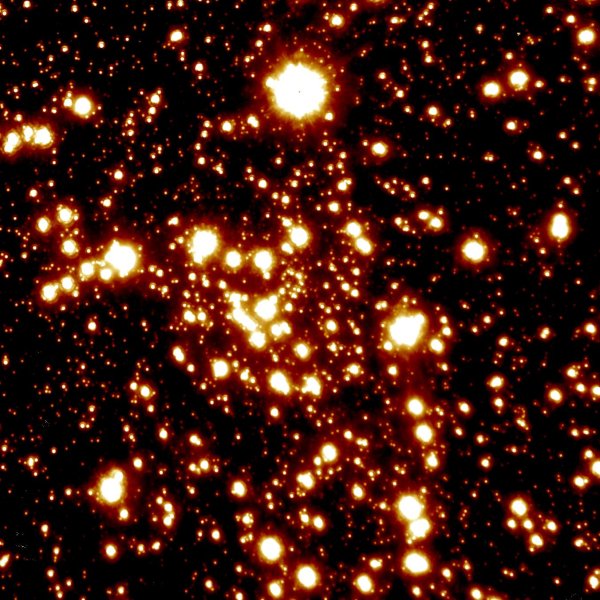|
Andreas Eckart: The Galactic Centre Black Hole
A standard paradigm in modern astrophysics is that every galaxy with a nuclear bulge harbors a super-massive black hole (SMBH). Furthermore, observations in the past decade have revealed the existence of so-called nuclear star clusters (NSCs) of 105 to 107 solar masses that surround the SMBHs at the dynamical centers of spiral galaxies. The Galactic center (GC) plays a fundamental role in this research because it is ~100 times closer than the next comparable Galactic nucleus (Andromeda Galaxy) and ~1000 times closer than the next active nucleus. This allows us to study the physical processes around an SMBH at an extremely high spatial resolution that is not achievable in any other system. Observations of stellar dynamics in the GC combined with radio-interferometric observations have not only provided the currently best evidence for the existence of SMBHs but have also made it possible to measure the mass of the Galaxy's central black hole, Sagittarius A*, with high precision. |
